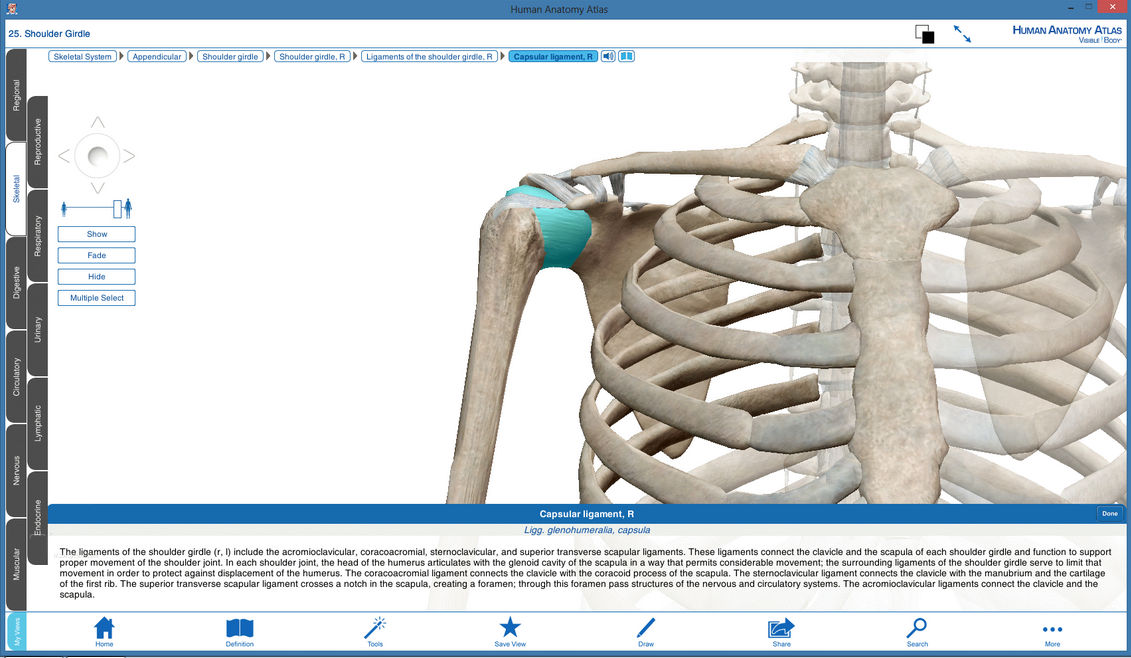

From there, they reach several multisensory vestibular cortex areas through projections via the posterolateral thalamic subnuclei to mediate the cortical functions of the vestibular system such as the perception of verticality and self-motion ( Brandt and Dieterich, 1999). These fibres represent the vestibulo-ocular reflex (VOR), which transmits information from the vestibular endorgans to the ocular motor nuclei and the supranuclear coordination centres for eye and head integration.

Vestibular pathways run bilaterally from the eighth nerve and the vestibular nuclei through ascending fibres such as the medial longitudinal fascicle, the ascending Deiters' tract or the brachium conjunctivum to the ocular motor nuclei and the supranuclear integration centres in the pontine and rostral mesencephalic brainstem. Furthermore, the normal interaction between the two sensory systems-the vestibular and the visual-appears to be impaired.īA = Brodmann area, PIVC = parieto-insular vestibular cortex, rCBF = regional CBF, SPV = slow phase velocity, SVV = subjective visual vertical, VOR = vestibulo-ocular reflex, VPLo = nucleus ventroposterior lateralis, VLP = nucleus ventrolateralis, pars posterior, VPLp = nucleus ventroposterior lateralis, pars posterior, VPI = nucleus ventroposterior inferior Introduction Thus, the data demonstrate the functional importance of the posterolateral thalamus as a unique relay station for vestibular input to the cortex, of the dominance of the right hemisphere in right-handedness, and of ipsilateral ascending pathways. The cortical asymmetry of the pattern of activation during horizontal semicircular canal stimulation by calorics was not associated with a significant direction-specific asymmetry of caloric nystagmus or perceived body motion. This supports the assumption that there is a bilateral direct ascending vestibular projection from the vestibular nuclei to the inferior part of the insula, which bypasses the posterolateral thalamus and is stronger in the right hemisphere. There was, however, one area in the inferior insula which was also activated by either right or left ear stimulation in the hemisphere ipsilateral to the lesion. Simultaneous deactivations were often restricted to only one hemisphere-the one contralateral to the stimulation and contralateral to the vestibular cortex areas activated. The major findings of the group analyses of the patients with right-sided and those with left-sided lesions were as follows: (i) activation of the multisensory vestibular temporo-parietal cortex was significantly reduced in the hemisphere ipsilateral to the thalamic lesion when the ipsilesional or contralesional ear was stimulated (ii) activation of multisensory vestibular cortex areas of the hemisphere contralateral to the irrigated ipsilesional ear was also diminished and (iii) the right hemispheric dominance in right-handers described above was preserved in those with right and left thalamic lesions. The aim of this study was to evaluate the differential effects of unilateral vestibular thalamic lesions on thalamo-cortical projections, right hemispheric dominance and reciprocal inhibitory visual-vestibular interaction, as well as perceptual and ocular motor consequences during caloric irrigation. The posterolateral thalamus is the relay station for ipsi- and contralateral ascending vestibular input to the multiple multisensory vestibular cortex areas. H 2O 15-PET was performed during caloric vestibular stimulation of the right and left external ears in eight right-handed patients with acute unilateral infarctions or haemorrhages of the posterolateral thalamus (four right, four left).


 0 kommentar(er)
0 kommentar(er)
